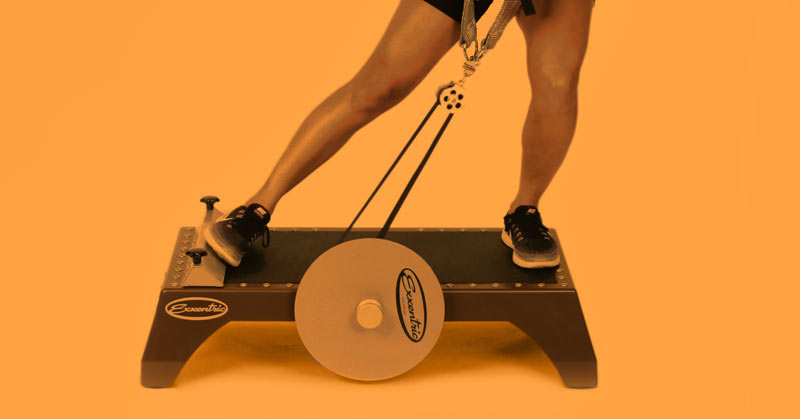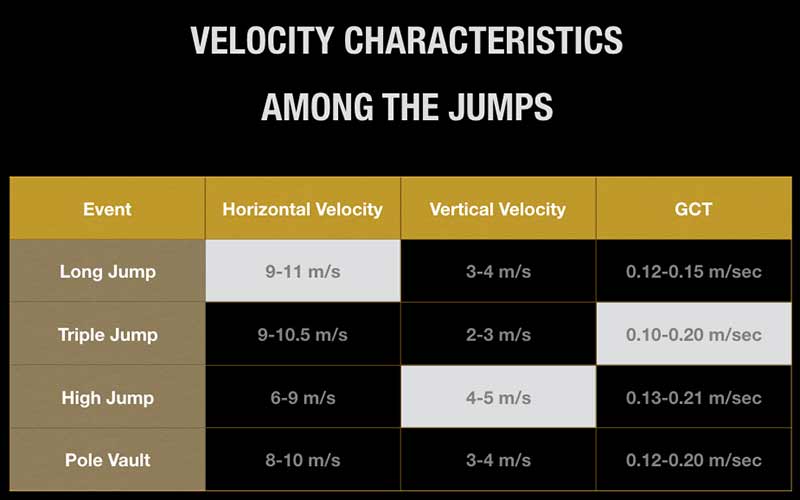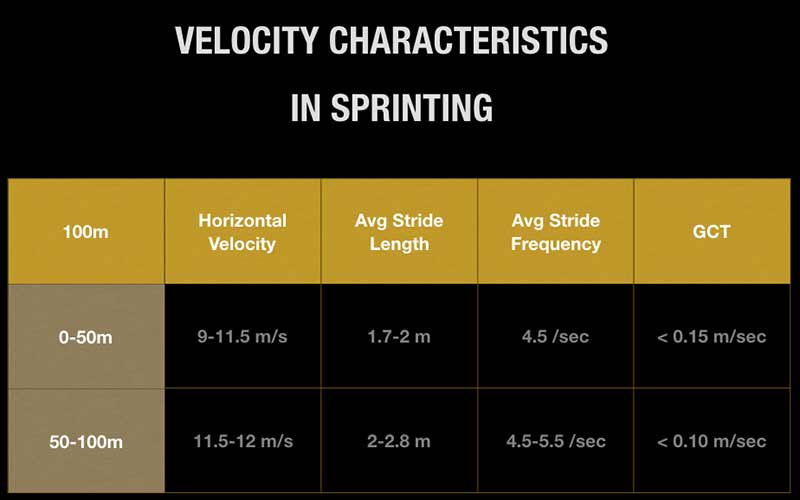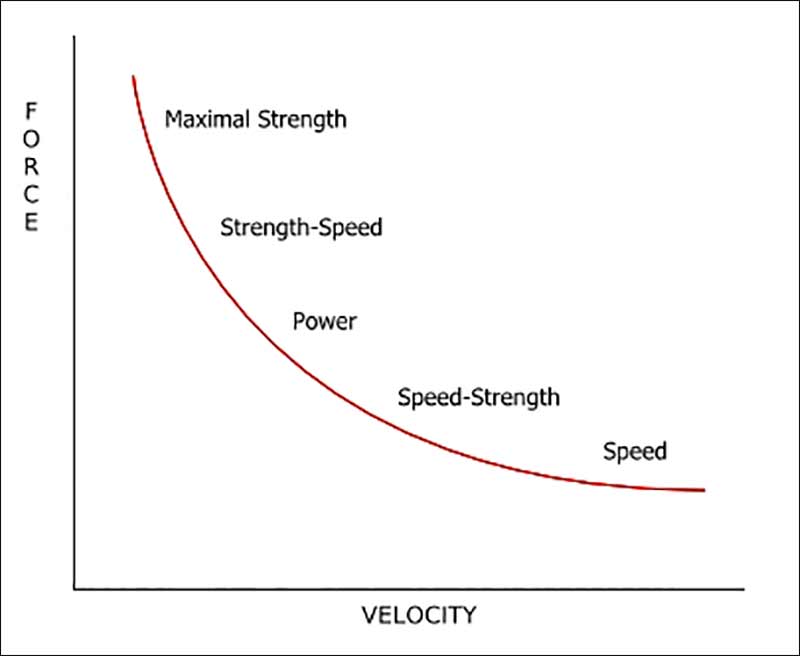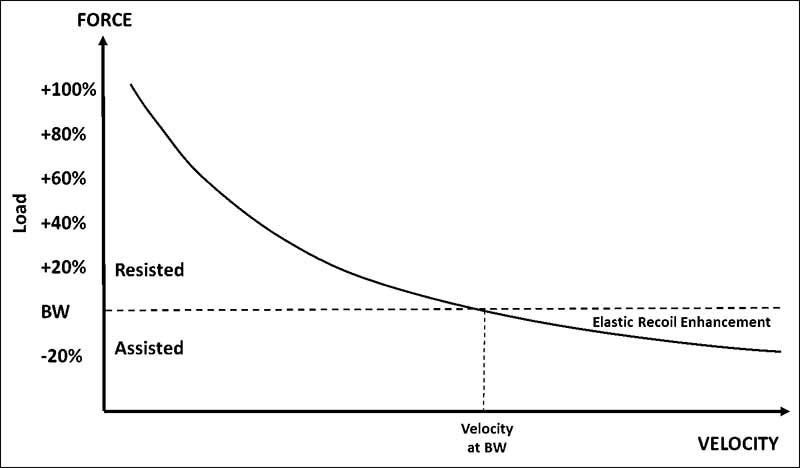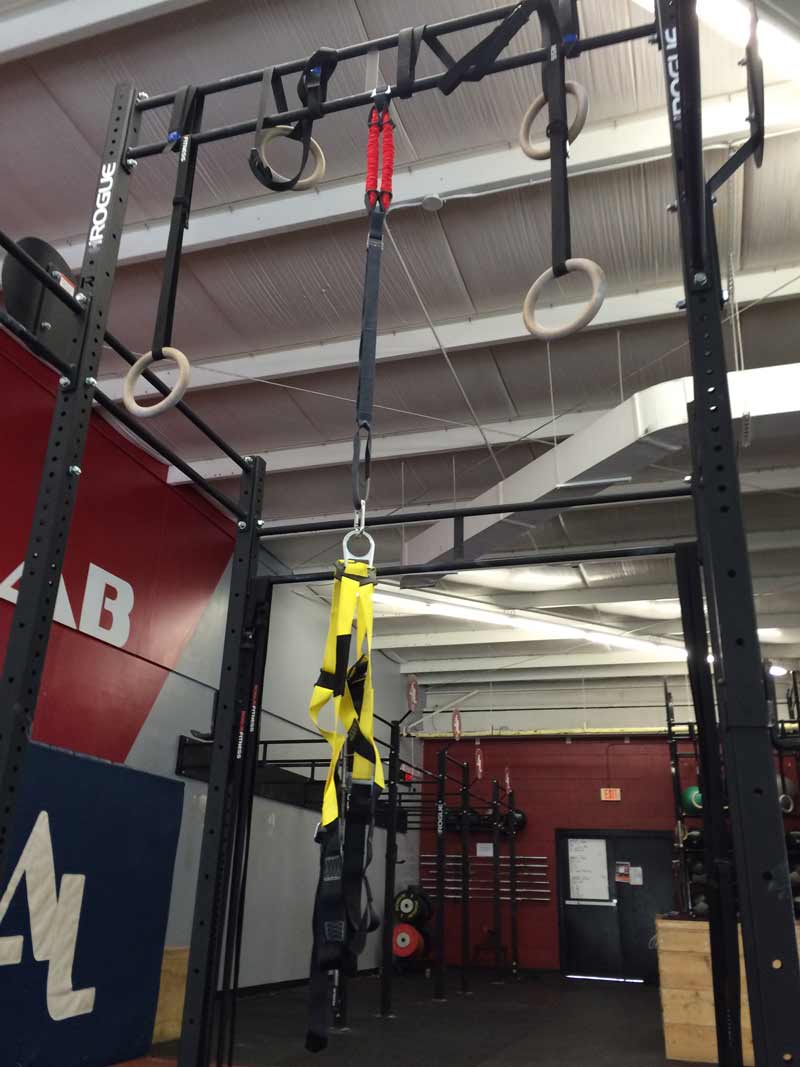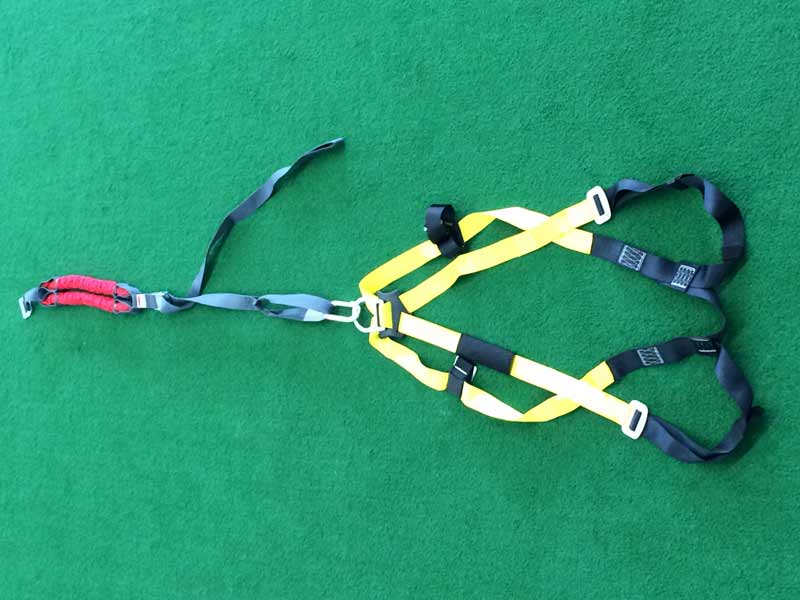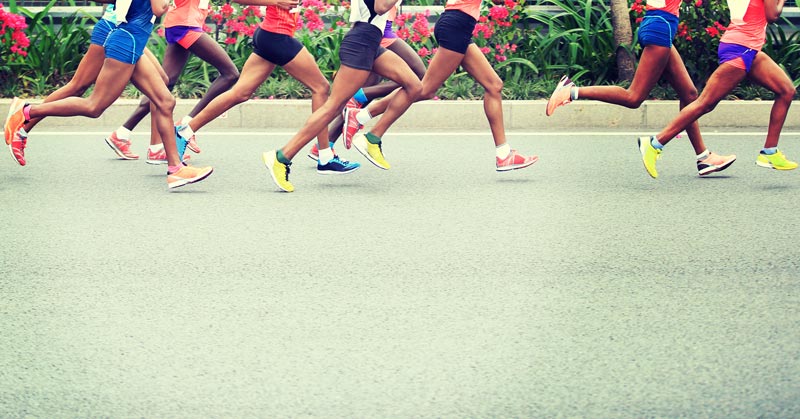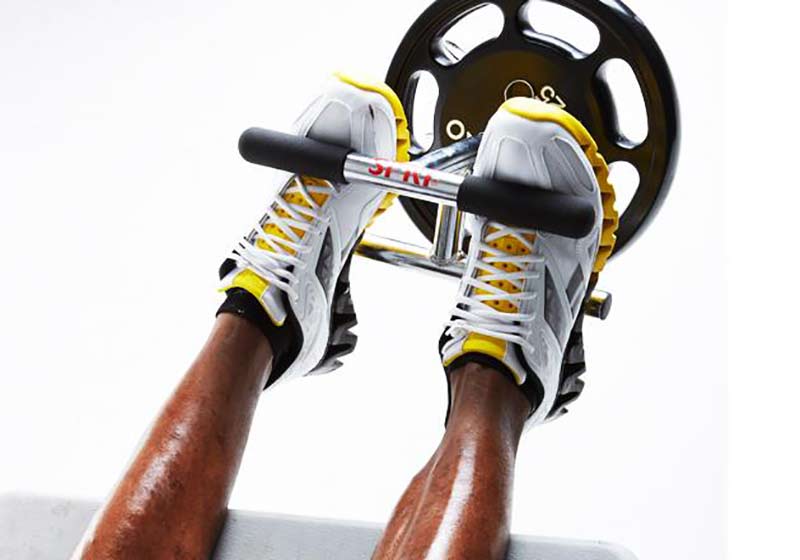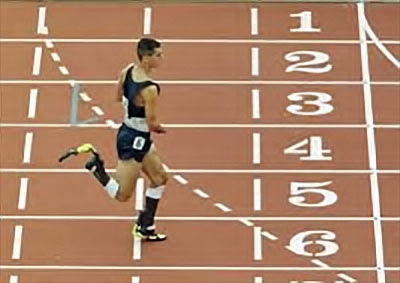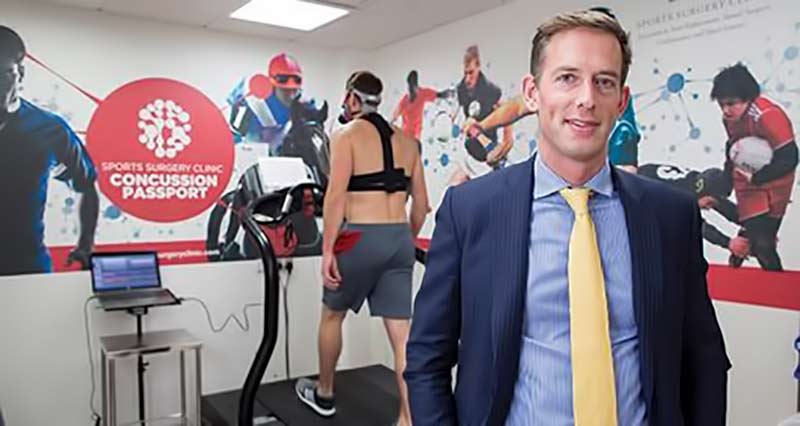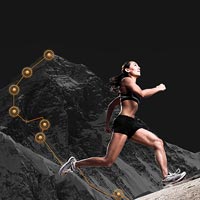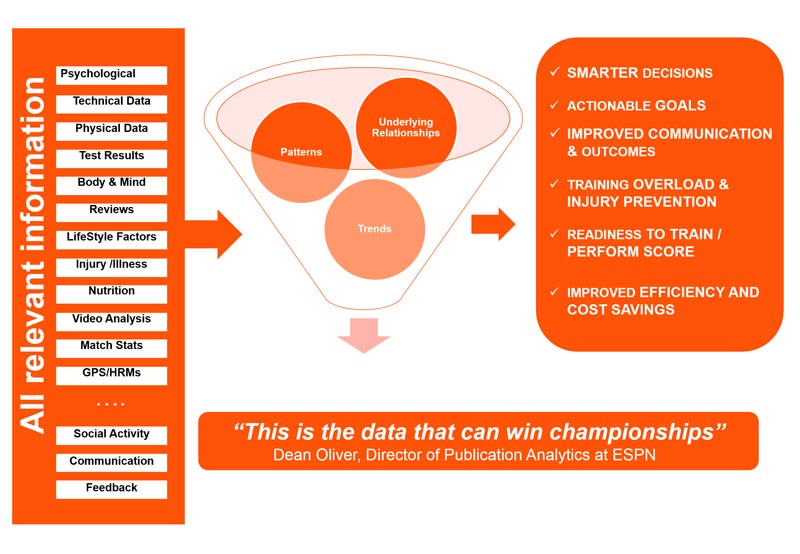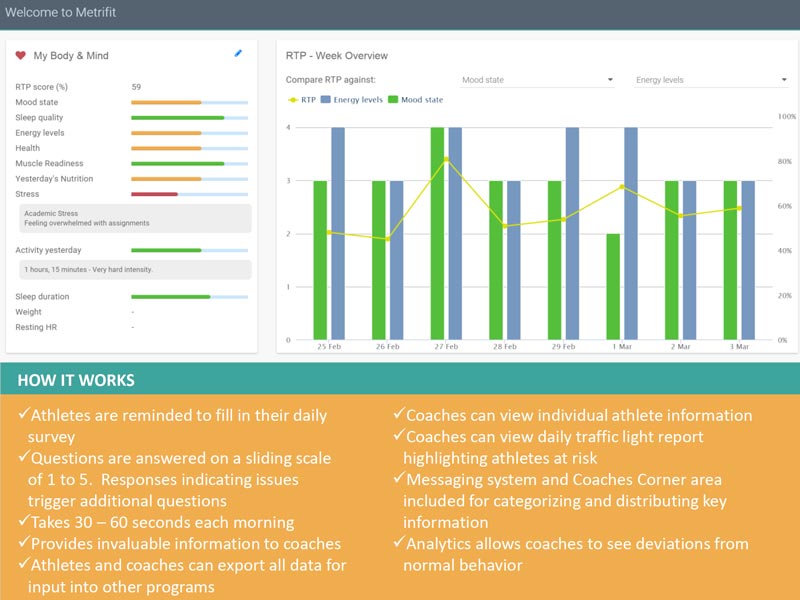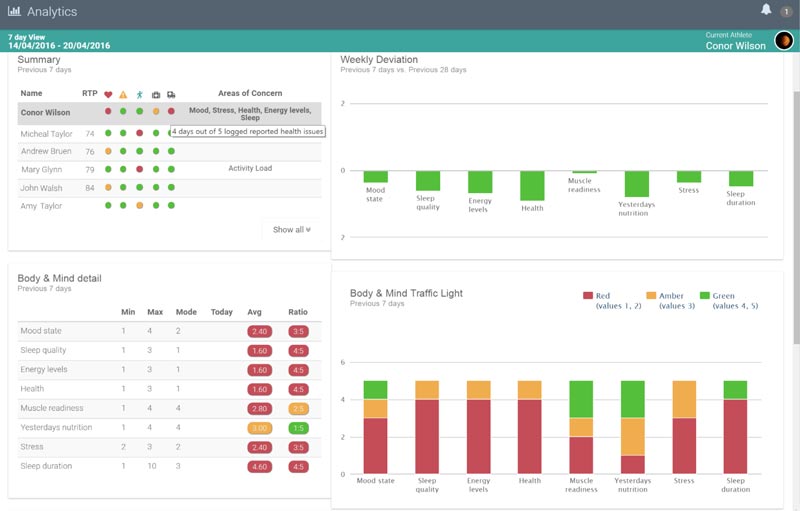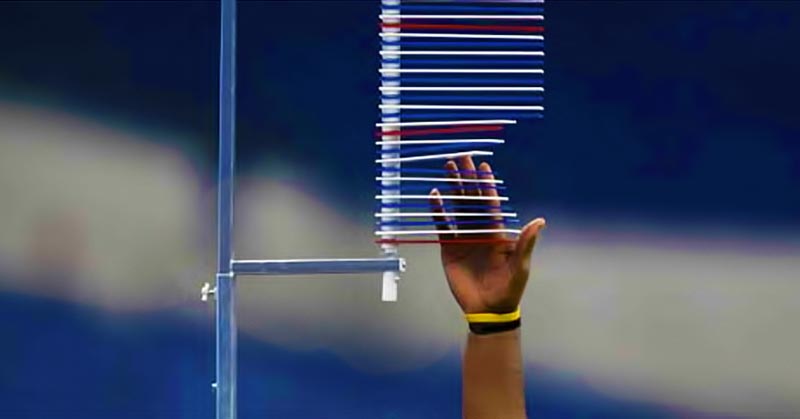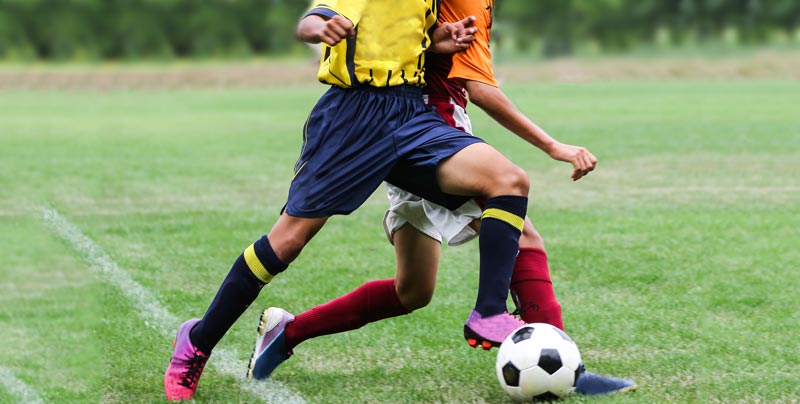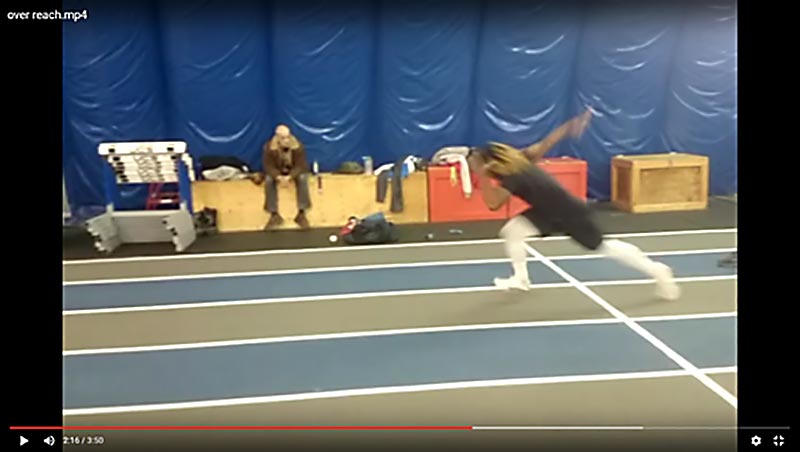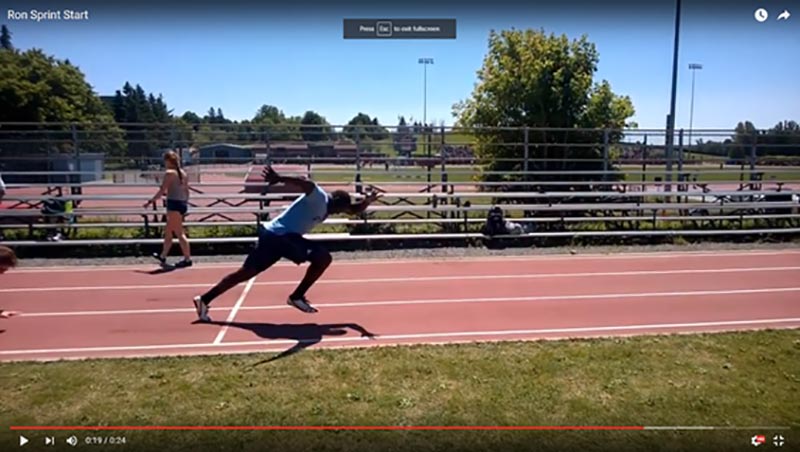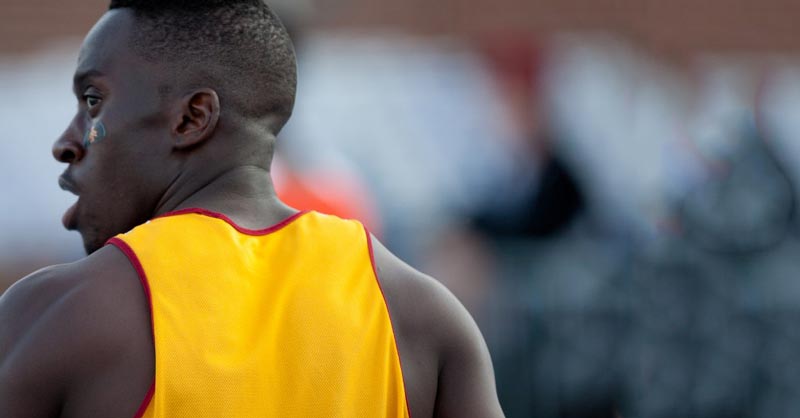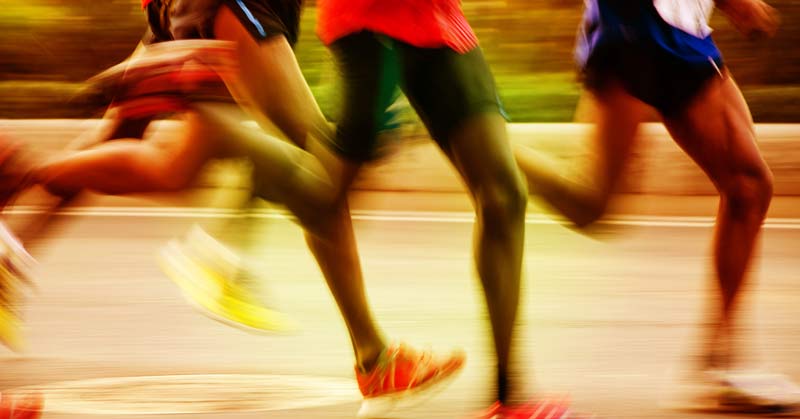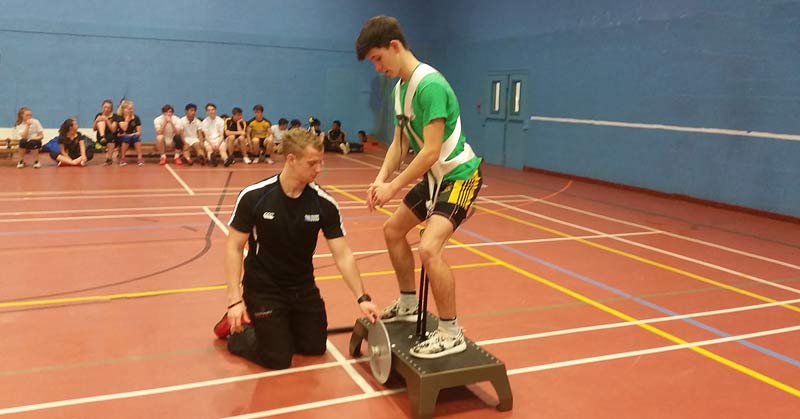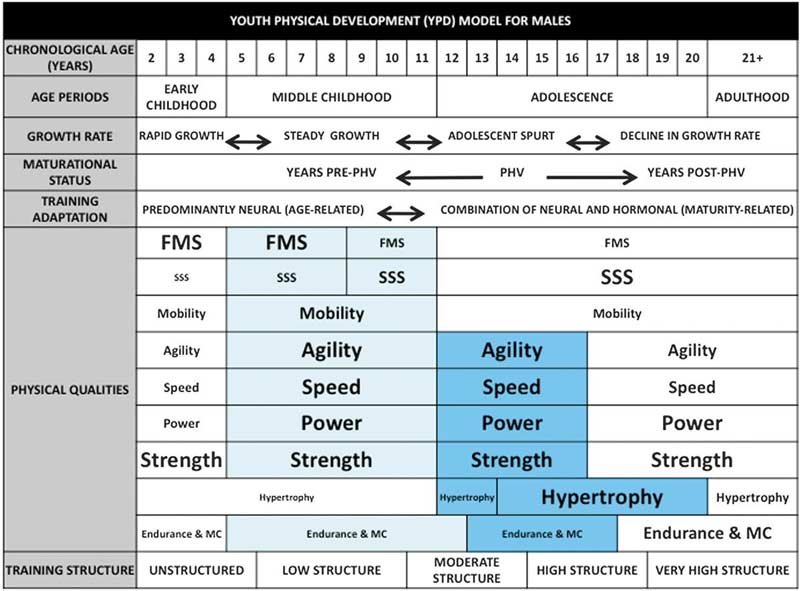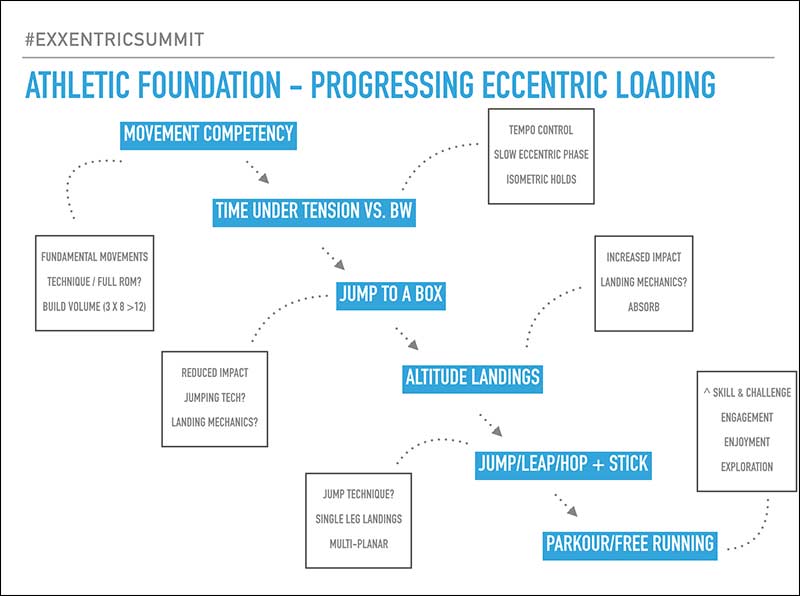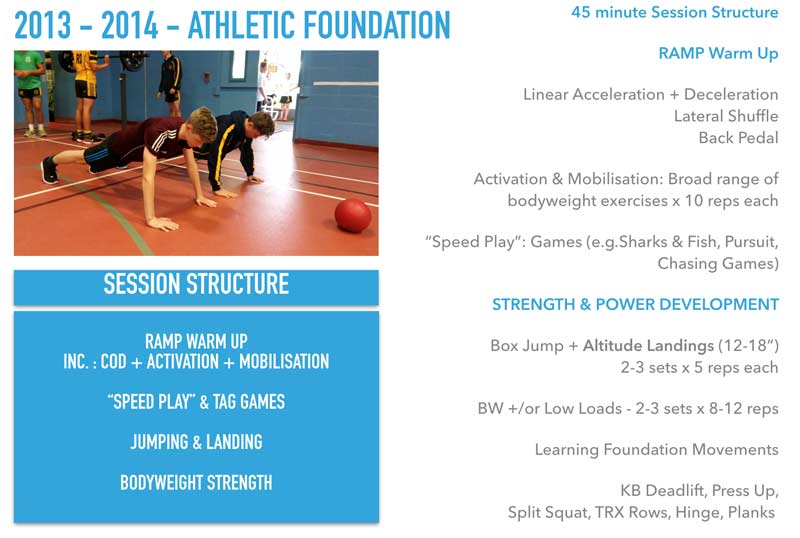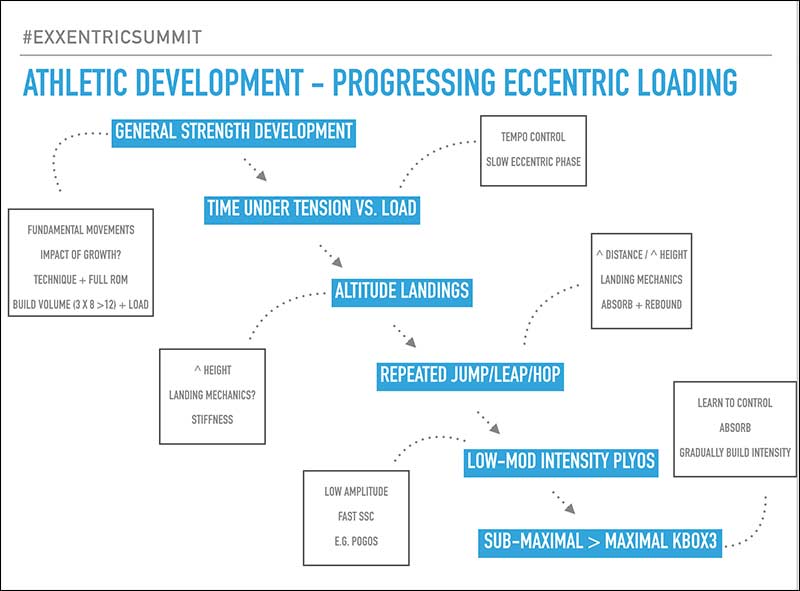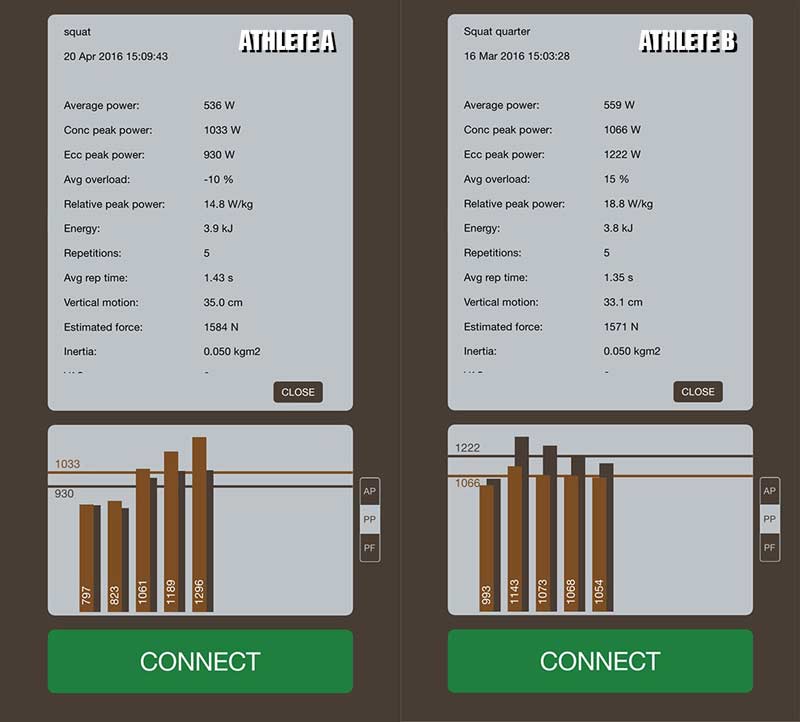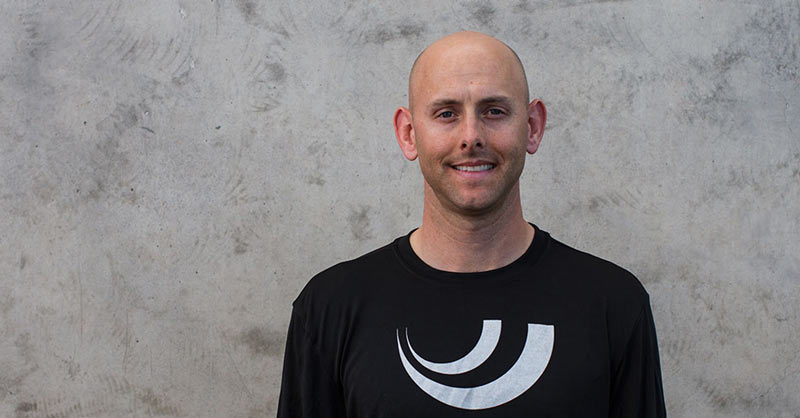
Nutrient timing has been the subject of many research studies, and has always been controversial among athletes, researchers, exercise physiologists, and dietitians. A number of researchers have even made reference to an “anabolic window of opportunity.” The idea behind this “anabolic window” is to try maximizing exercise-induced muscular adaptations and facilitating the repair of damaged tissue [1]. Some researchers even claim that certain nutrient timing can increase fat-free mass [2].
This article will deal with the post-exercise period, which is often considered the most critical part of nutrient timing. In it, I’ll try to analyze if such an “anabolic window” really exists.
Protein Breakdown
One of the biggest claimed benefits of post-workout nutrient timing is the attenuation of muscle protein breakdown.
Spiking insulin levels stop breakdown of muscle protein, not increased amino acid availability. Share on XWhile it’s a common belief that muscle protein breakdown inhibition is achieved by increasing amino acid availability, it is actually achieved by spiking insulin levels [3,4]. Although the mechanism by which insulin reduces protein breakdown is not clear, it has been suggested that insulin-mediated phosphorylation of PI3K/Akt inhibits transcriptional activity of the proteolytic Forkhead family of transcription factors, resulting in their sequestration in the sarcoplasm away from their target genes [5]. In addition, down regulation of other aspects of the ubiquitin-proteasome pathway are also believed to play a role in this process [6,20].
Nevertheless, whether benefits truly extend into practice is still questionable; especially when muscle protein breakdown is only slightly elevated immediately following exercise, and then rises rapidly afterward (increasing as much as 50% at the three-hour mark, and elevated proteolysis can persist for up to 24 hours of the post-workout period) [4].
In addition, the effect of increased insulin levels on net muscle protein balance plateaus in the range of 3–4 times normal fasting levels (15-30 mU/L) [6], and this range can be easily reached with the consumption of a typical mixed meal prior to exercise.
For example, one study [7] examined many metabolic effects during the five hours after ingesting a meal containing 75g of carbohydrate, 37g of protein, and 17g of fat. This meal raised insulin three times above fasting levels within half an hour of consumption, five times greater than fasting levels after one hour, and two times greater than fasting levels after five hours.
Another study [8] showed that it took approximately 50 minutes to cause blood amino acid levels to peak after a 45g dose of whey protein isolate was ingested. Insulin concentrations, on the other hand, peaked 40 minutes after ingestion, and remained elevated enough to maximize net muscle protein balance (15-30 mU/L) for approximately two hours.
Thus, the classic post-exercise objective to quickly reverse catabolic processes to promote recovery and growth may only be applicable in the absence of a pre-exercise meal. It remains questionable as to what, if any, positive effects occur with respect to muscle growth from spiking insulin after resistance training.
Protein Synthesis
Another major claimed benefit of post-workout nutrient timing is that it increases muscle protein synthesis. A number of studies have investigated whether this “window” truly exists when it comes to protein synthesis. While evidence from these studies might support the superiority of post-exercise protein intake versus carbohydrate only, or non-caloric placebo [9-13] resulting in the common recommendation to consume protein as soon as possible after a workout [14,15], there is little evidence-based support for this practice. For example, one study [16] showed no significant difference in leg net amino acid balance for six grams of essential amino acids coingested with 35 grams of carbohydrate taken one hour after exercise and then three hours after exercise. In addition, another study [17] also found no significant difference in net protein synthesis between the ingestion of 20 grams of whey immediately before exercise and the same meal consumed one hour after the exercise.
One the other hand, it is important to mention that the opposite results have also been found. For example, one study [18] found that ingestions of essential amino acid and carbohydrate meals led to greater protein synthesis in the post-exercise group as compared to the pre-exercise group. Moreover, another study [19] demonstrated a clear benefit to consuming nutrients as soon as possible after exercise, as opposed to delaying consumption. Protein synthesis of the legs and whole body was increased threefold when the supplement was ingested immediately after exercise, as compared to just 12% when consumption was delayed. However, a limitation of the study was that training involved moderate-intensity, long-duration aerobic exercise. Therefore, the increased fractional synthetic rate was likely due to greater mitochondrial or sarcoplasmic protein fractions, as opposed to the synthesis of contractile elements [4,20].
In conclusion, the available data lacks any indication of an ideal post-exercise timing scheme for maximizing muscle protein synthesis [20].
Muscle Hypertrophy
Many studies [21-27] investigated the effect of post-exercise protein ingestion on muscle hypertrophy. As shown in Figure 1 [20], the results of these trials contradict each other, apparently because of different study designs. For example, many of these studies used both pre- and post-workout supplementation, making it impossible to isolate the impact of post-exercise intake only. Another example is the unmatched protein consumption in the control group. Hence, we are not able to confirm if these positive outcomes were influenced by ingestion timing, or by a larger protein intake throughout the day.
Moreover, some of the studies were conducted early in the morning—a situation that might lead to an overnight fast workout, which can skew the results in favor of the post-exercise feeding groups. Other limitations to these studies might be the use of untrained participants (as muscular adaptations in those without resistance training experience tend to be robust, and do not necessarily reflect gains experienced in trained subjects) and the addition of other supplements (e.g.: creatine) to the participants’ meals, which can create the differences seen between the treatment and control groups.
These confounders emphasise the difficulty in drawing smart conclusions as to the validity of this “anabolic window.”
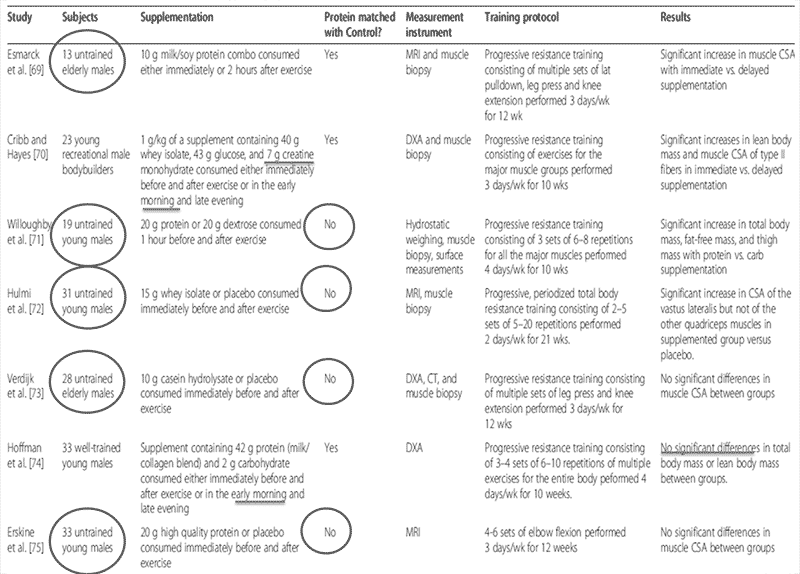
In addition to these findings, a recent multi-level meta-regression of randomized controlled trials was conducted to determine whether protein timing is a good strategy for enhancing muscle hypertrophy [28]. This analysis comprised 23 studies that included 525 subjects with 47 treatment or control groups. A simple pooled analysis of protein timing without controlling for covariates showed a small to moderate effect on muscle hypertrophy (Figure 2) [28]. However, in the full meta-regression model, controlling for all covariates (the class of the group, whether or not the groups were protein matched, training status, blinding, gender, age, body mass, and the duration of the study), no significant differences were found between the treatment and control groups (Figure 3) [28]. Moreover, the reduced model was not significantly different from the full model. In addition, with respect to hypertrophy, total protein intake was the strongest predictor of effect size (ES) magnitude.
These results refute the commonly held belief that the timing of protein intake in and around a training session is critical to hypertrophy and indicate that consuming adequate protein in combination with resistance exercise is the key factor for maximizing it.

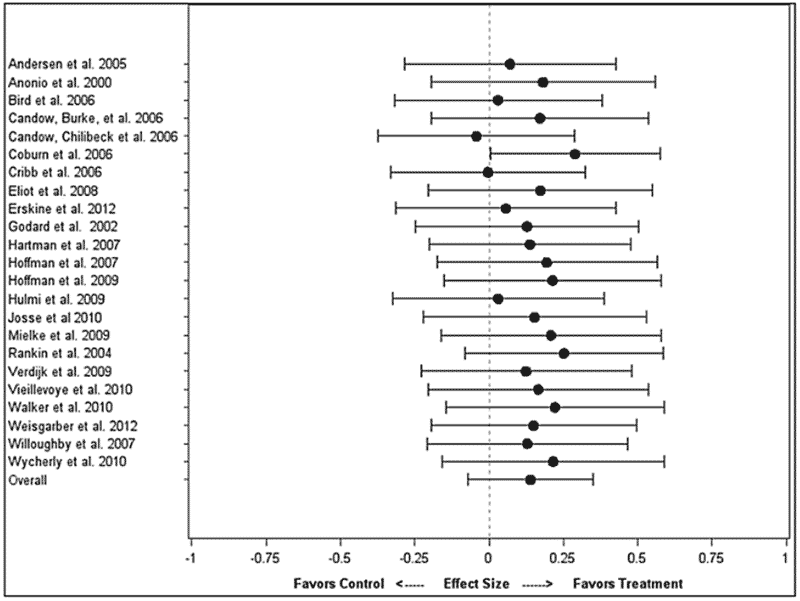
Strength
The same multi-level meta-regression of randomized controlled trials [28] was also conducted to determine whether protein timing is a good strategy for enhancing strength. The simple pooled analysis of protein timing without controlling for covariates showed no significant effect found on muscle strength (Figure 4) [28]. In addition, the full meta-regression model, controlling for all covariates (the class of the group, whether or not the groups were protein matched, training status, blinding, gender, age, body mass, and the duration of the study), also found no significant differences between treatment and control for strength, and the reduced model was not significantly different from the full model.
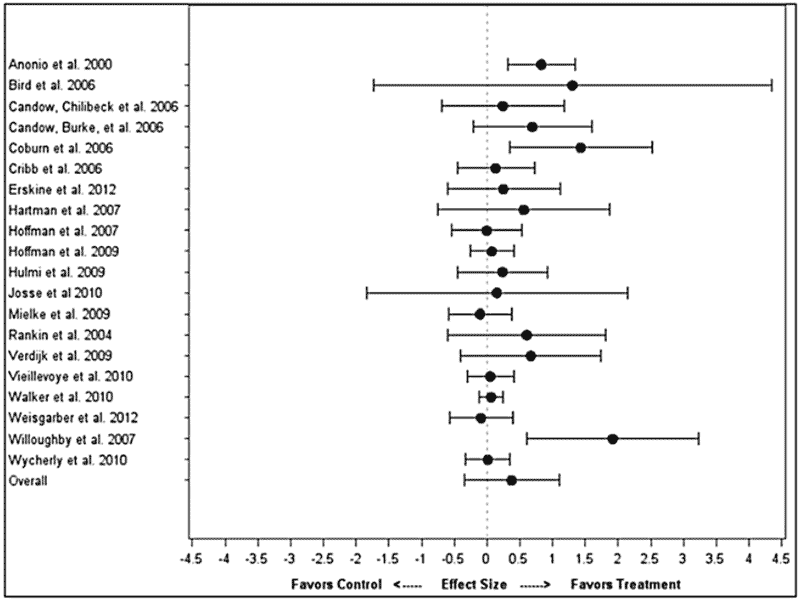
On the other hand, there are a few limitations to this analysis. First, the timing of the meals in the control groups varied significantly from trial to trial. Some studies provided protein as soon as two hours post workout, while others delayed consumption for many hours. Second, the majority of the studies evaluated subjects who were inexperienced with resistance exercise. It is well-established that highly trained individuals respond differently to the demands of resistance training compared with those who lack training experience [28]. In part, this is attributed to a “ceiling effect,” whereby gains in muscle mass become progressively more difficult as a trainee gets closer to his genetic hypertrophic potential.
To conclude, these results refute the belief that the timing of protein intake in and around a training session is critical to increase strength.
Evidence-Based Support of an ‘Anabolic Window’ Is Far from Decisive
This “anabolic window” hypothesis is usually based on the assumption that the athlete is in a fasted state prior to a workout, during which an increase in muscle protein breakdown causes the pre-exercise net negative amino acid balance to persist into the post-exercise period, despite training-induced increases in muscle protein synthesis [4,20]. Thus, if the resistance workout is actually being done after an overnight fast, it would make sense to provide immediate nutrition for the purposes of promoting muscle protein synthesis and reducing proteolysis [20].
If a pre-exercise meal was consumed, this meal can function as both a pre- and post-exercise meal, depending on its size and composition. One study [16] found that ingestion of six grams of essential amino acids (a relatively small amount) immediately before the workout was able to elevate blood and muscle amino acid levels by around 130%, and these elevated levels remained high for two hours after the workout. Other research [17] showed that an intake of 20 grams of whey immediately before the workout caused an elevation in muscular uptake of amino acids of 4.4 times greater than pre-exercise resting levels during the workout.
These findings suggest that even a small to moderate pre-workout protein, taken right before a resistance workout, is enough to sustain amino acid delivery into the post-workout period. Therefore, the next scheduled protein-rich meal (whether it occurs immediately or a few hours after exercise) is likely sufficient for maximizing recovery and anabolism [20].
However, given the fact that the anabolic effect of a meal lasts five to six hours [29], it is worth mentioning that an athlete who might train before lunch or supper—where their last meal was finished five to six hours prior to their workout—should consider a post-exercise protein intake. That is, when a workout is initiated more than five hours after the previous meal, the recommendation to consume protein as soon as possible seems logical.
Since you’re here…
…we have a small favor to ask. More people are reading SimpliFaster than ever, and each week we bring you compelling content from coaches, sport scientists, and physiotherapists who are devoted to building better athletes. Please take a moment to share the articles on social media, engage the authors with questions and comments below, and link to articles when appropriate if you have a blog or participate on forums of related topics. — SF
References
- Kerksick, C., T. Harvey, J. Stout, B. Campbell, C. Wilborn, R. Kreider, D. Kalman, T. Ziegenfuss, H. Lopez, J. Landis, J.L. Ivy, and J. Antonio. “International Society of Sports Nutrition position stand: Nutrient timing.” J Int Soc Sports Nutr. (2008): 5-17.
- Ivy, J. and R. Portman. “Nutrient Timing: The Future of Sports Nutrition.” North Bergen, NJ: Basic Health Publications, 2004.
- Biolo, G., K.D. Tipton, S. Klein, and R.R. Wolfe. “An abundant supply of amino acids enhances the metabolic effect of exercise on muscle protein.” Am J Physiol 273(1 Pt 1) (1997): E122-129.
- Kumar, V., P. Atherton, K. Smith, and M.J. Rennie. “Human muscle protein synthesis and breakdown during and after exercise.” J Appl Physiol 106(6) (2009): 2026-2039.
- Kim, D.H., J.Y. Kim, B.P. Yu, and H.Y. Chung. “The activation of NF-kappaB throughAkt-induced FOXO1 phosphorylation during aging and its modulation by calorie restriction.” Biogerontology 9(1) (2008): 33–47.
- Greenhaff, P.L., L.G. Karagounis, N. Peirce, E.J. Simpson, M. Hazell, R. Layfield, H. Wackerhage, K. Smith, P. Atherton, A. Selby, and M.J. Rennie. “Disassociation between the effects of amino acids and insulin on signaling, ubiquitin ligases, and protein turnover in human muscle.” Am J Physiol Endocrinol Metab 295(3) (2008): E595–604.
- Parkin, J.A., M.F. Carey, I.K. Martin, L. Stojanovska, and M.A. Febbraio. “Muscle glycogen storage following prolonged exercise: effect of timing of ingestion of high glycemic index food.” Med Sci Sports Exerc. 29(2) (1997): 220-224.
- Power, O., A. Hallihan, and P. Jakeman. “Human insulinotropic response to oral ingestion of native and hydrolysed whey protein.” Amino Acids 37(2) (2009): 333–339.
- Tipton, K.D., A.A Ferrando, S.M. Phillips, D. Doyle Jr., and R.R. Wolfe. “Postexercise net protein synthesis in human muscle from orally administered amino acids.” Am J Physiol 276(4 Pt 1) (1999): E628–634.
- Miller, S.L., K.D. Tipton, D.L. Chinkes, S.E. Wolf, and R.R. Wolfe. “Independent and combined effects of amino acids and glucose after resistance exercise.” Med Sci Sports Exerc. 35(3) (2003): 449–455.
- Borsheim, E., M.G. Cree, K.D. Tipton, T.A. Elliott, A. Aarsland, and R.R. Wolfe. “Effect of carbohydrate intake on net muscle protein synthesis during recovery from resistance exercise.” J Appl Physiol 96(2) (2004): 674–678.
- Tipton, K.D., T.A. Elliott, M.G. Cree, S.E. Wolf, A.P. Sanford, and R.R. Wolfe. “Ingestion of casein and whey proteins result in muscle anabolism after resistance exercise.” Med Sci Sports Exerc. 36(12) (2004): 2073–2081.
- Tipton, K.D., T.A. Elliott, A.A. Ferrando, A.A. Aarsland, and R.R. Wolfe. “Stimulation of muscle anabolism by resistance exercise and ingestion of leucine plus protein.” Appl Physiol Nutr Metab 34(2) (2009): 151–161.
- Phillips, S.M. and L.J. Van Loon. “Dietary protein for athletes: from requirements to optimum adaptation.” J Sports Sci. 29(Suppl 1) (2011): S29–38.
- Phillips, S.M. “The science of muscle hypertrophy: making dietary protein count.” Proc Nutr Soc 70(1) (2011): 100–103.
- Rasmussen, B.B., K.D. Tipton, S.L. Miller, S.E. Wolf, and R.R. Wolfe. “An oral essential amino acid-carbohydrate supplement enhances muscle protein anabolism after resistance exercise.” J Appl Physiol 88(2) (2000): 386–392.
- Tipton, K.D., T.A. Elliott, M.G. Cree, A.A. Aarsland, A.P. Sanford, and R.R. Wolfe. “Stimulation of net muscle protein synthesis by whey protein ingestion before and after exercise.” Am J Physiol Endocrinol Metab 292(1) (2007): E71–76.
- Fujita, S., H.C. Dreyer, M.J. Drummond, E.L. Glynn, E. Volpi, and B.B. Rasmussen. “Essential amino acid and carbohydrate ingestion before resistance exercise does not enhance postexercise muscle protein synthesis.” J Appl Physiol 106(5) (2009): 1730–1739.
- Levenhagen, D.K., J.D. Gresham, M.G. Carlson, D.J. Maron, M.J. Borel, and P.J. Flakoll. “Postexercise nutrient intake timing in humans is critical to recovery of leg glucose and protein homeostasis.” Am J Physiol Endocrinol Metab 280(6) (2001): E982–993.
- Aragon and Schoenfeld. “Nutrient timing revisited: Is there a post-exercise anabolic window?”. Journal of the International Society of Sports Nutrition 10 (2013): 5.
- Esmarck, B., J.L. Andersen, S. Olsen, E.A. Richter, M. Mizuno, and M. Kjaer. “Timing of postexercise protein intake is important for muscle hypertrophy with resistance training in elderly humans.” J Physiol 535 (Pt 1) (2001): 301–311.
- Cribb, P.J. and A. Hayes. “Effects of supplement timing and resistance exercise on skeletal muscle hypertrophy.” Med Sci Sports Exerc. 38(11) (2006): 1918–1925.
- Willoughby, D.S., J.R. Stout, and C.D. Wilborn. “Effects of resistance training and protein plus amino acid supplementation on muscle anabolism, mass, and strength.” Amino Acids 32(4) (2007): 467–477.
- Hulmi, J.J., V. Kovanen, H. Selanne, W.J. Kraemer, K. Hakkinen, and A.A. Mero. “Acute and long-term effects of resistance exercise with or without protein ingestion on muscle hypertrophy and gene expression.” Amino Acids 37(2) (2009): 297–308.
- Verdijk, L.B., R.A. Jonkers, B.G. Gleeson, M. Beelen, K. Meijer, H.H. Savelberg, W.K. Wodzig, P. Dendale, L.J. van Loon. “Protein supplementation before and after exercise does not further augment skeletal muscle hypertrophy after resistance training in elderly men.” Am J Clin Nutr 89(2) (2009): 608–616.
- Hoffman, J.R., N.A. Ratamess, C.P. Tranchina, S.L. Rashti, J. Kang, and A.D. Faigenbaum. “Effect of protein-supplement timing on strength, power, and bodycomposition changes in resistance-trained men.” Int J Sport Nutr Exerc Metab 19(2) (2009): 172–185.
- Erskine, R.M., G. Fletcher, B. Hanson, and J.P. Folland. “Whey protein does not enhance the adaptations to elbow flexor resistance training.” Med SciSports Exerc 44(9) (2012): 1791-1800.
- Schoenfeld, et al. “The effect of protein timing on muscle strength and hypertrophy: A meta-analysis.” Journal of the International Society of Sports Nutrition 10 (2013): 5.
- Layman, D.K. “Protein quantity and quality at levels above the RDA improves adult weight loss.” J Am Coll Nutr 23(6 Suppl) (2004): 631S–636S.
